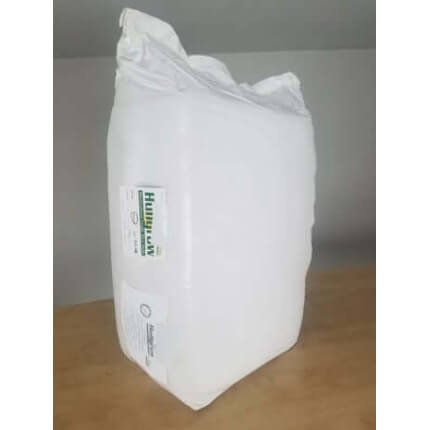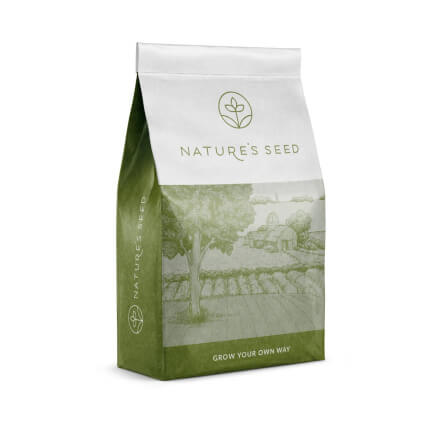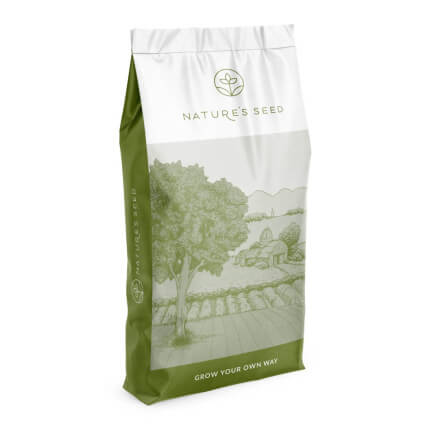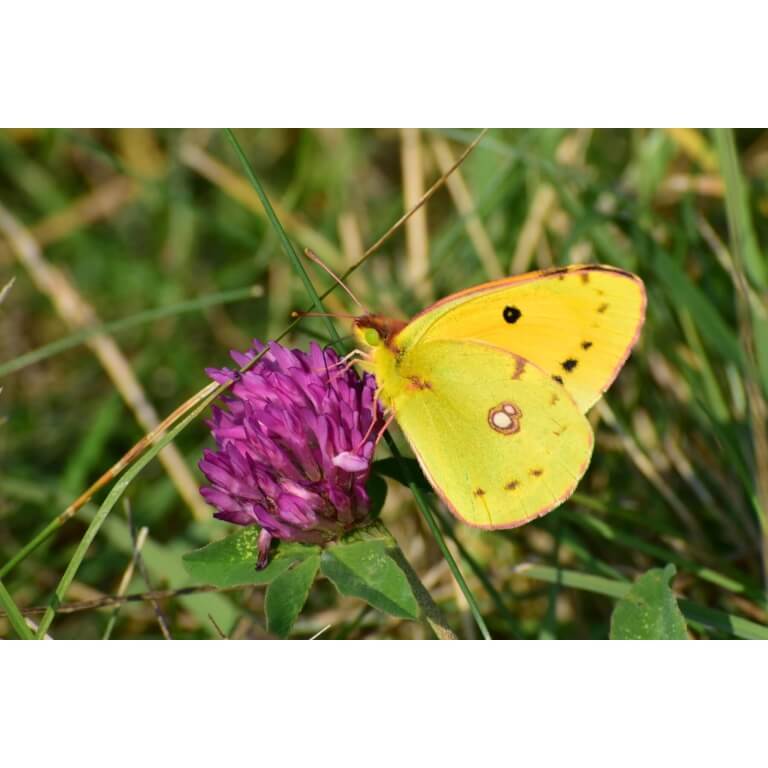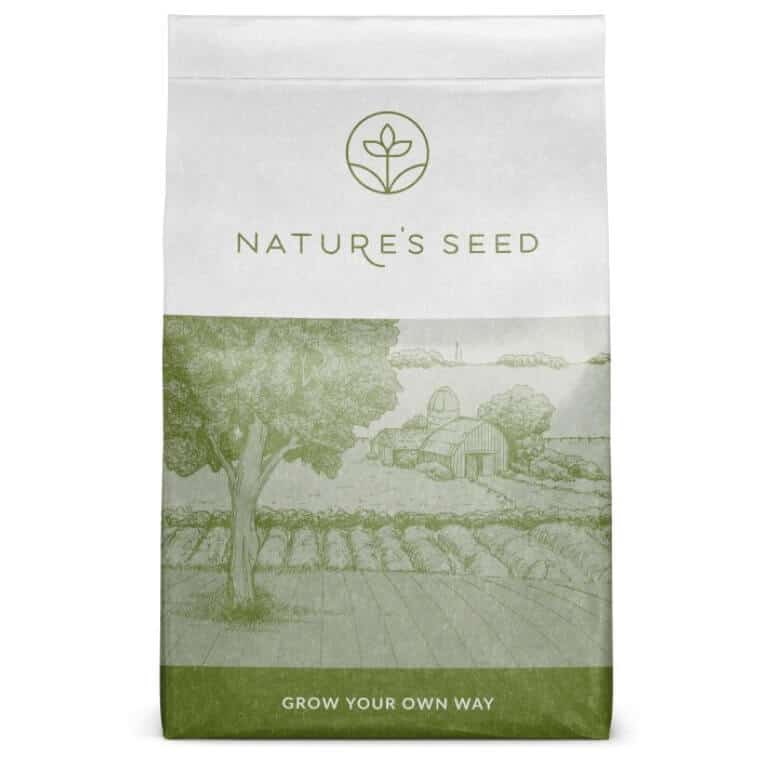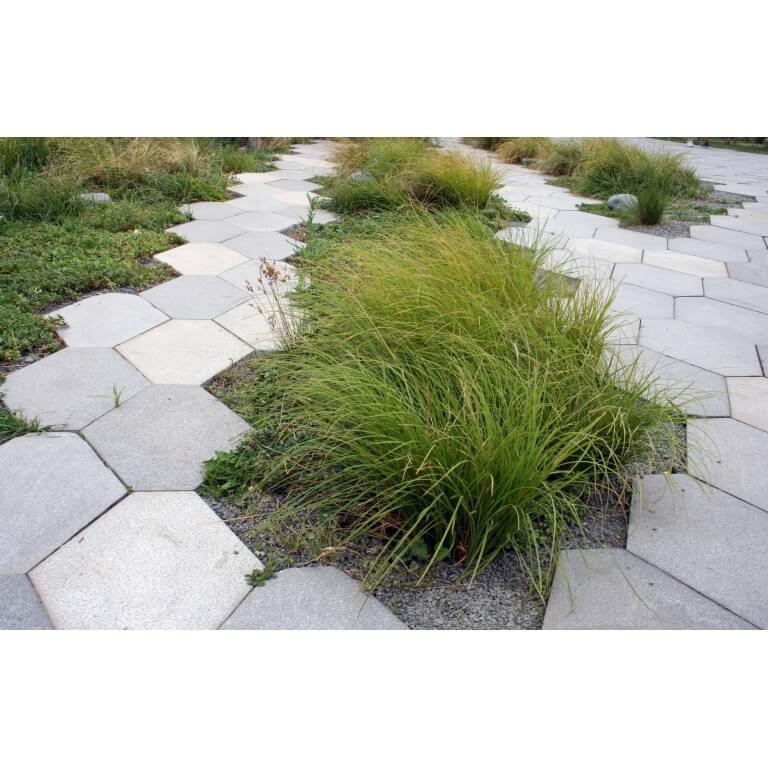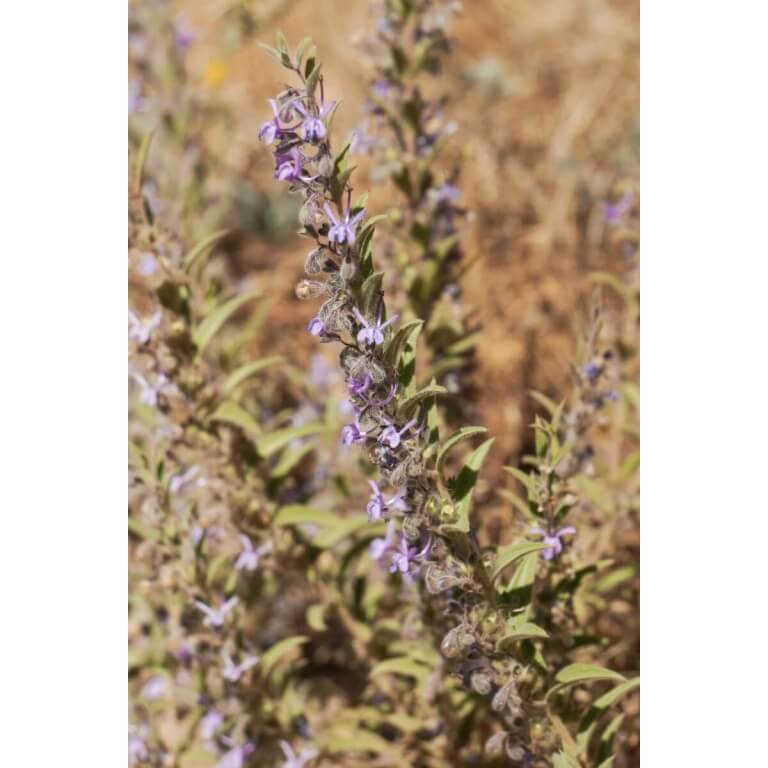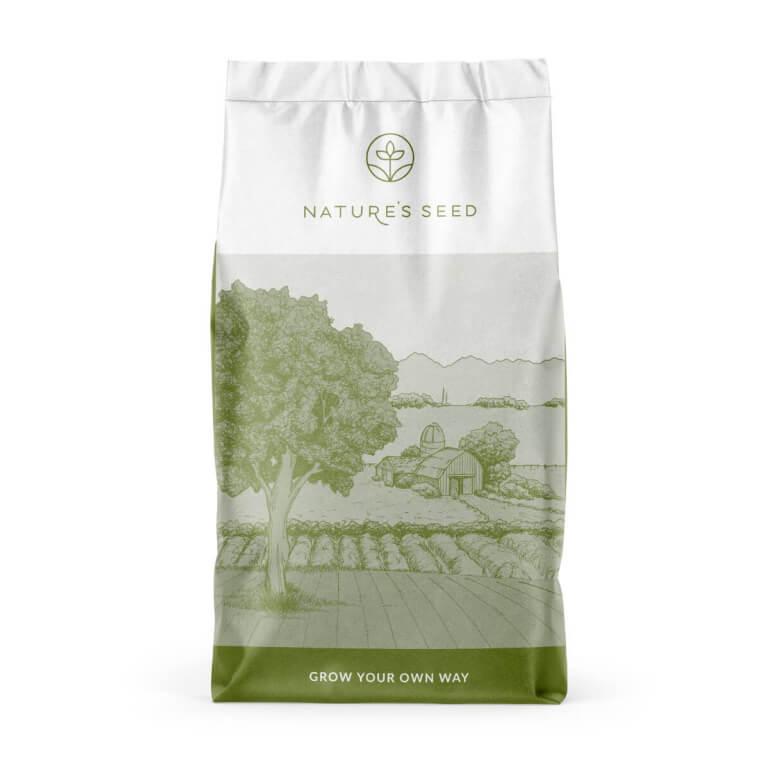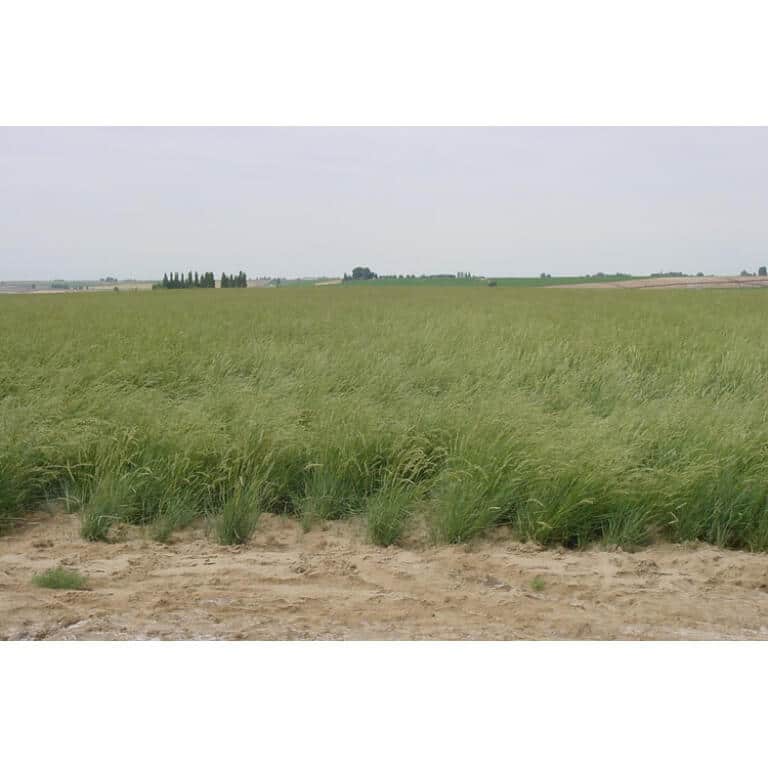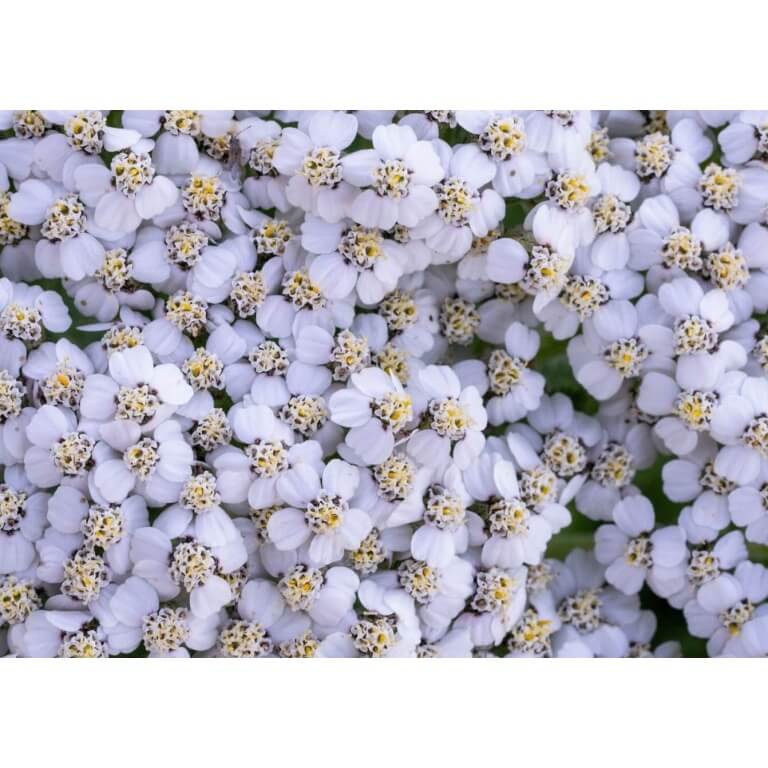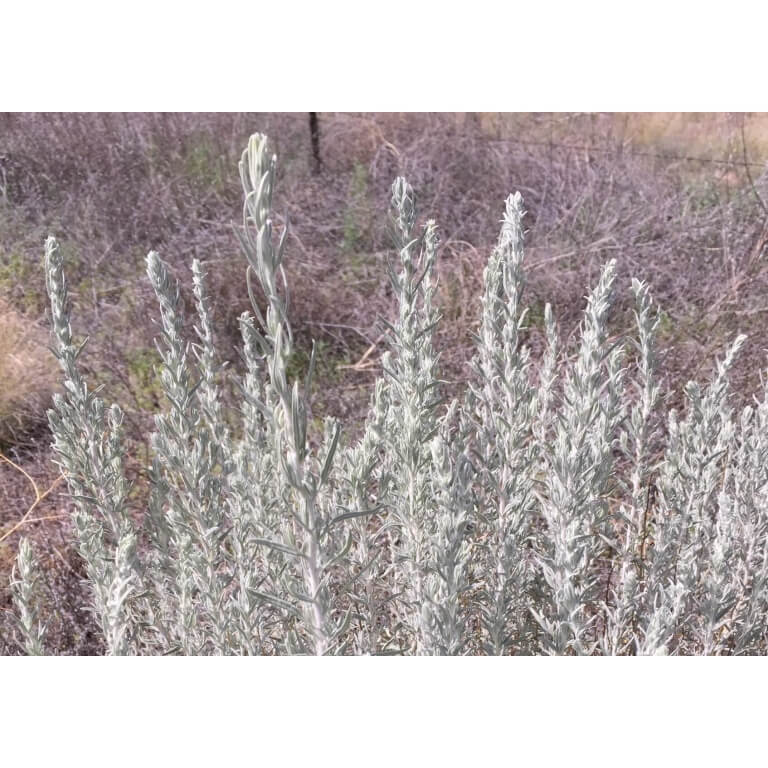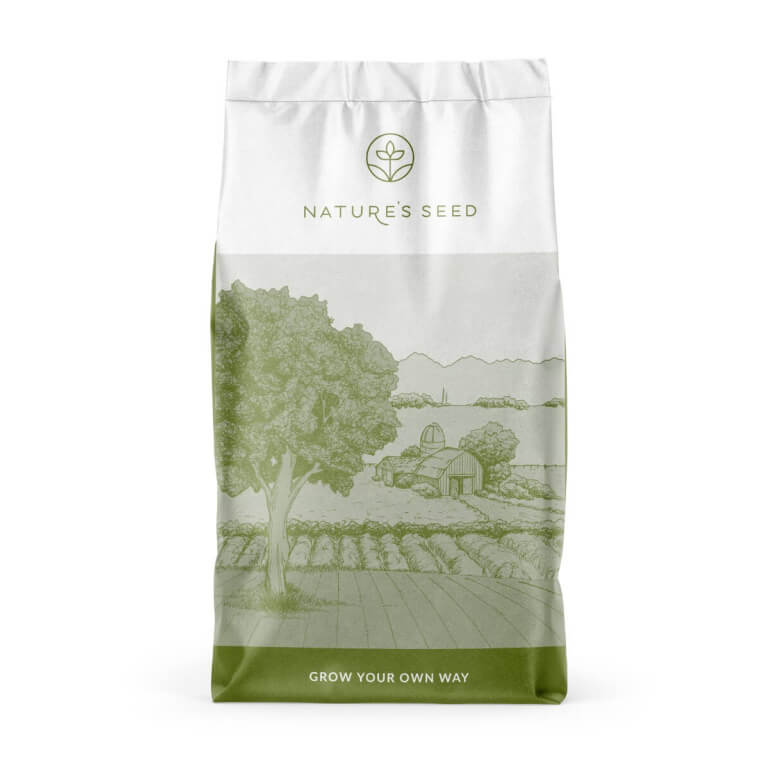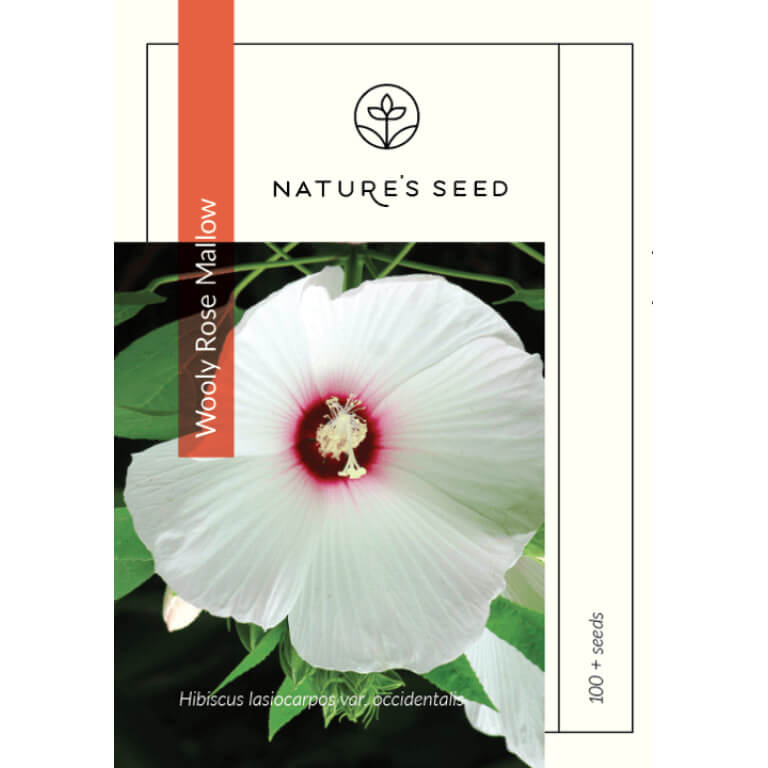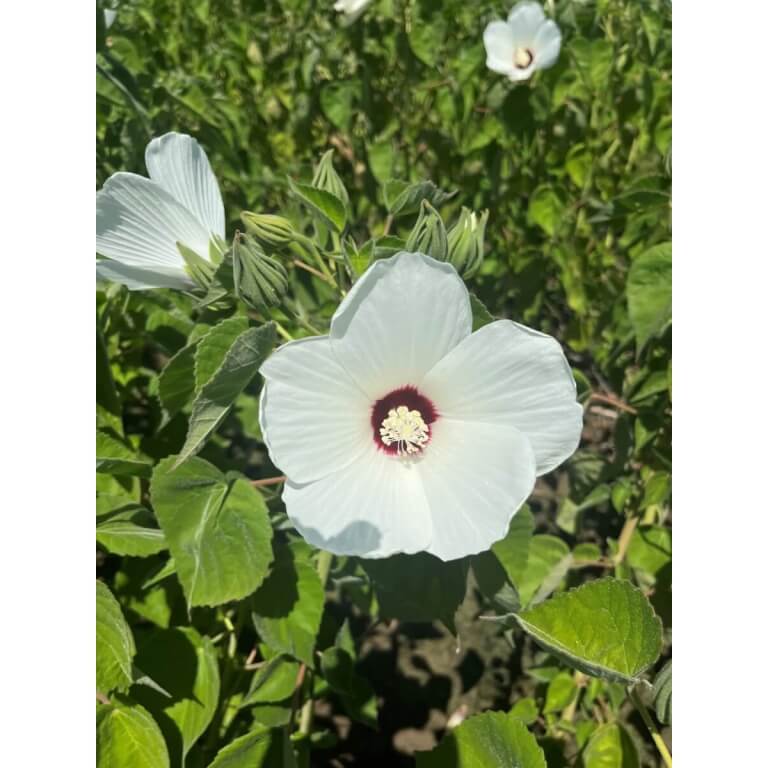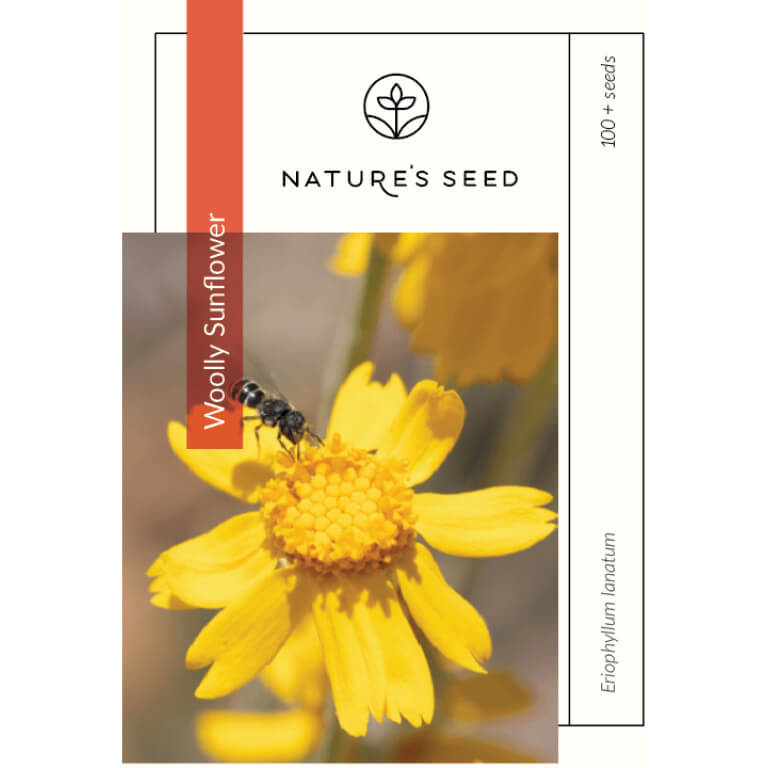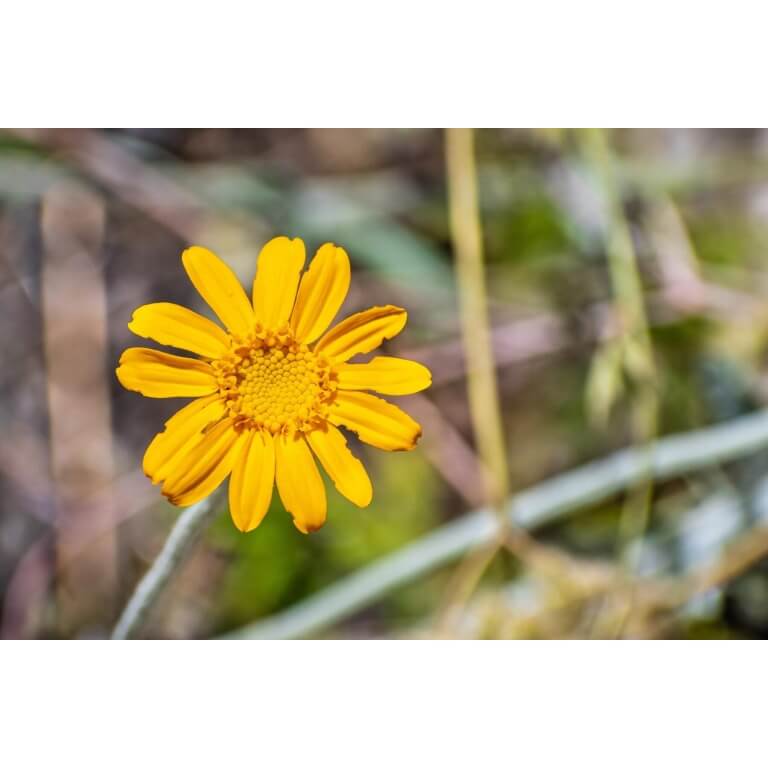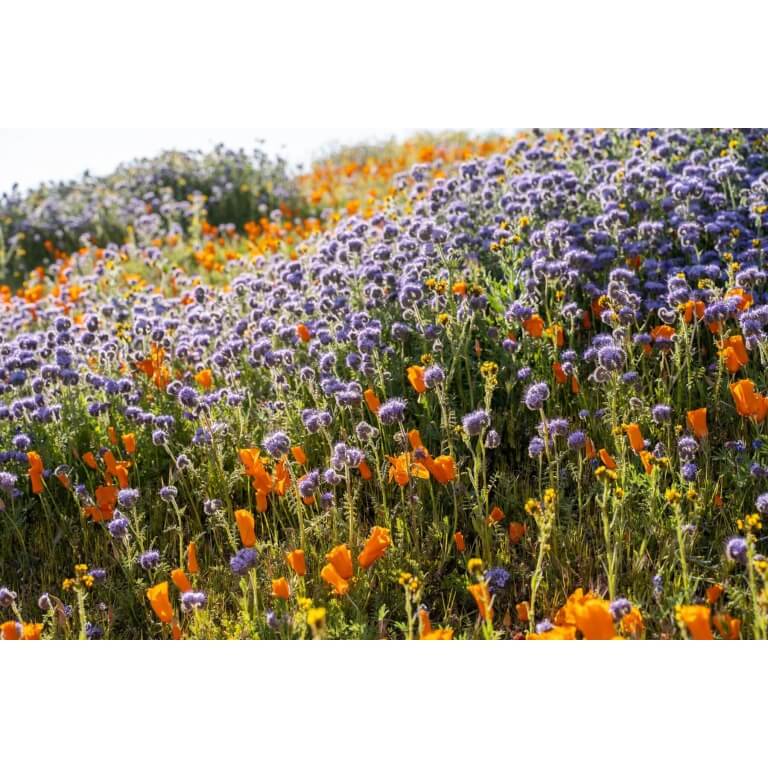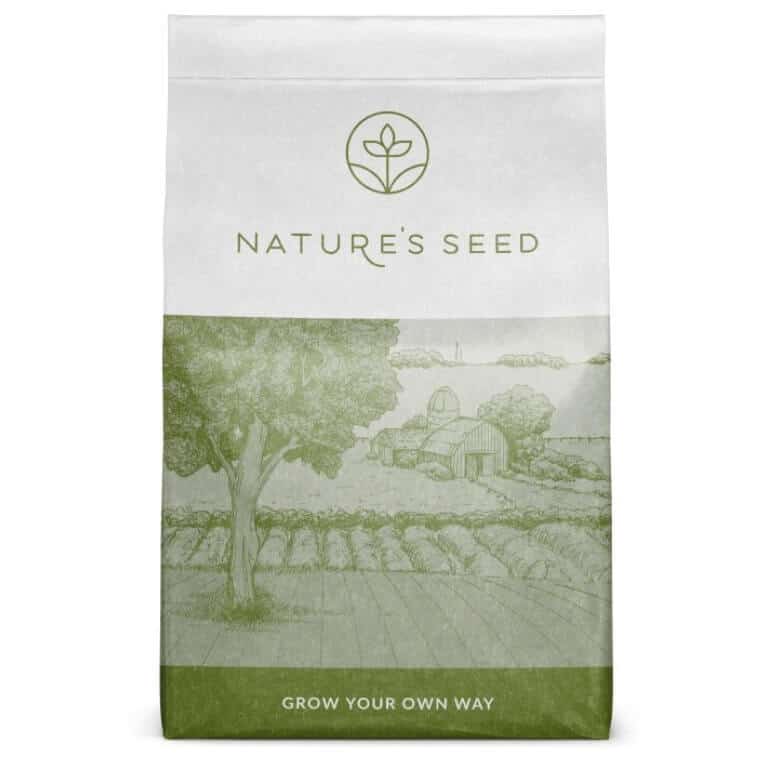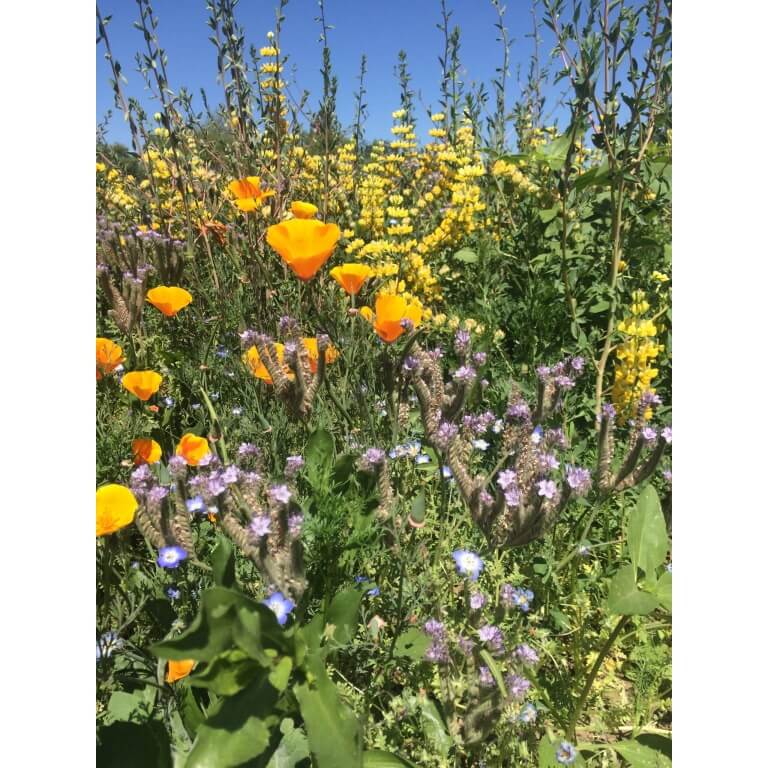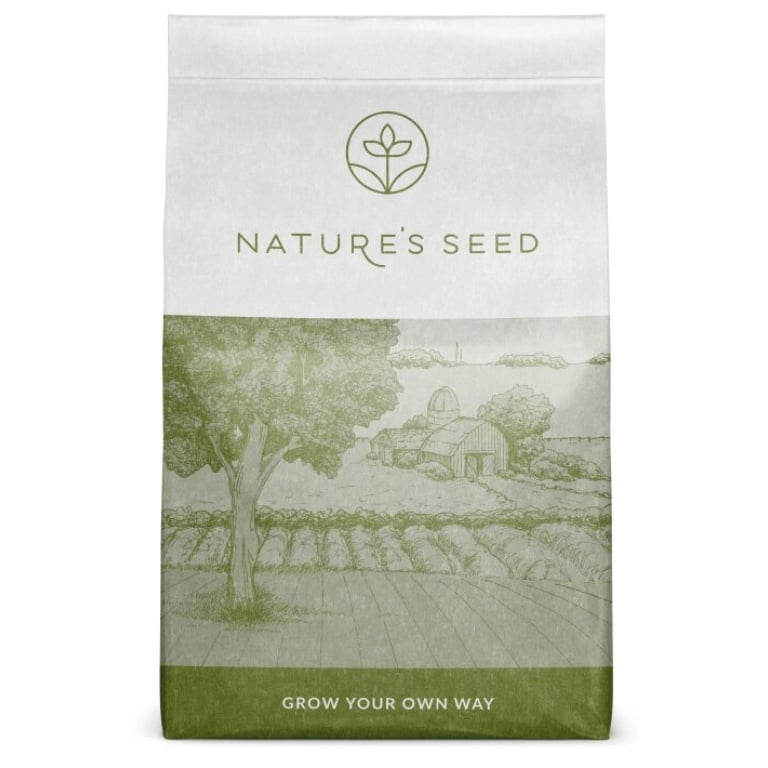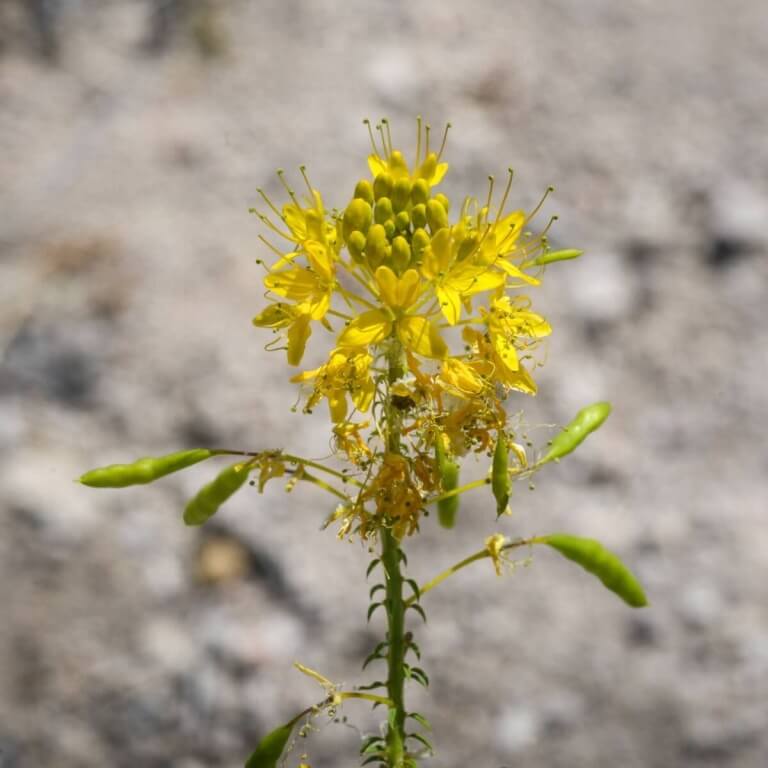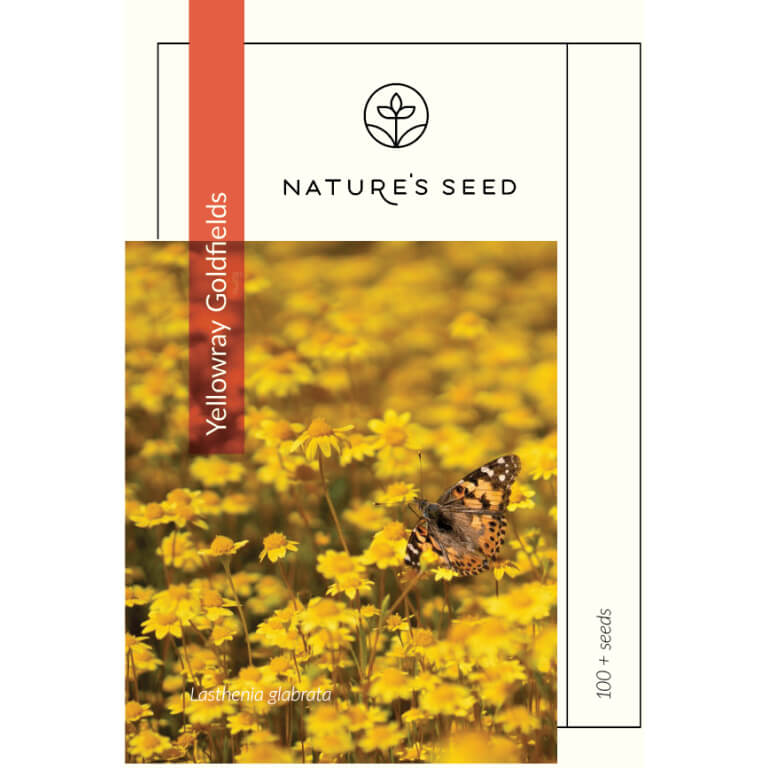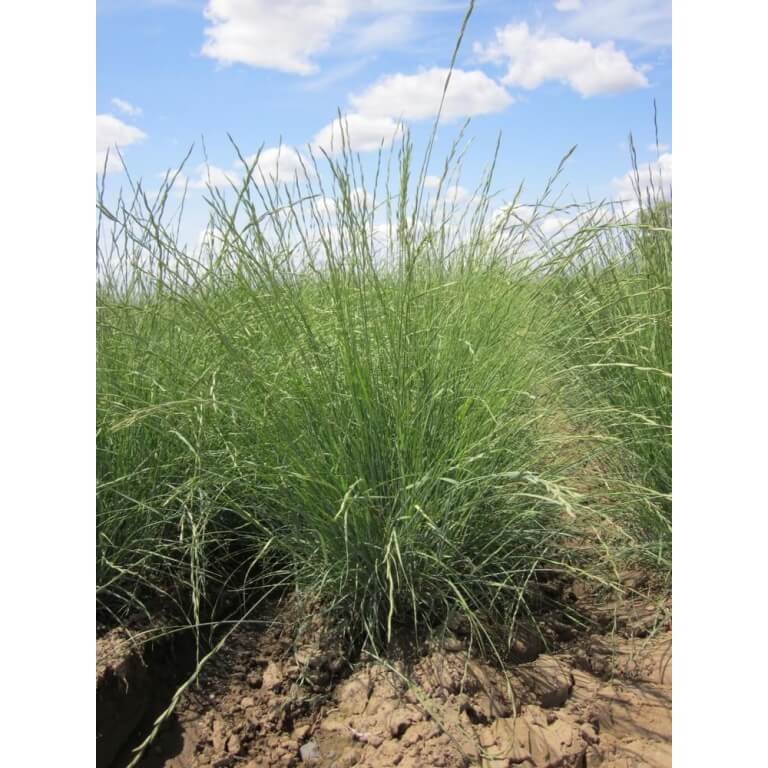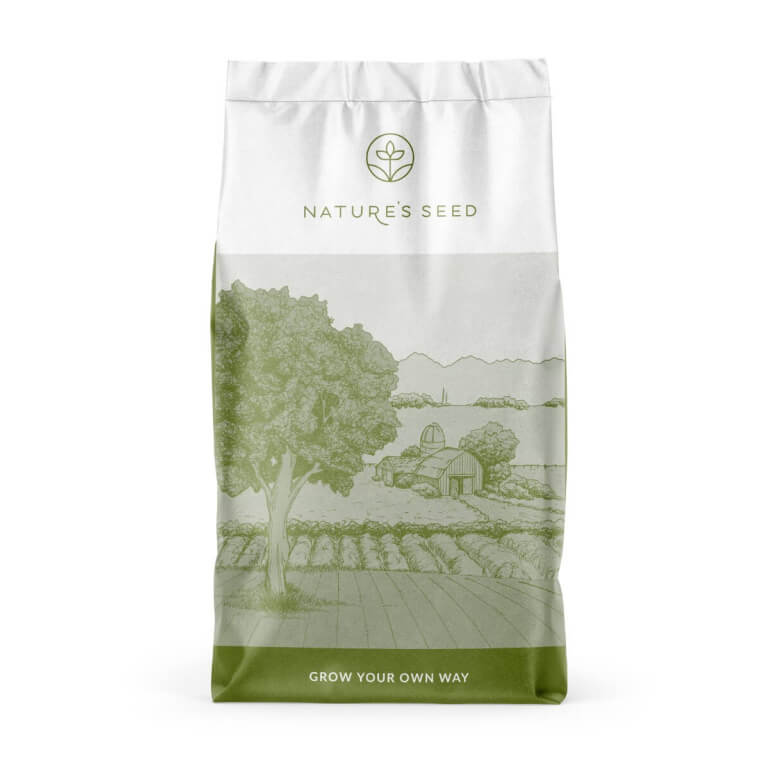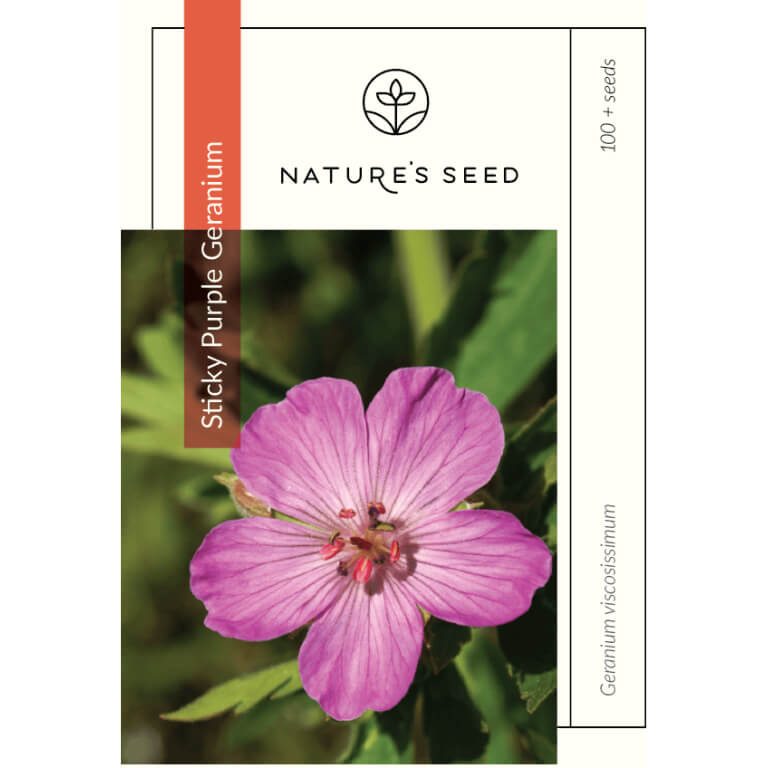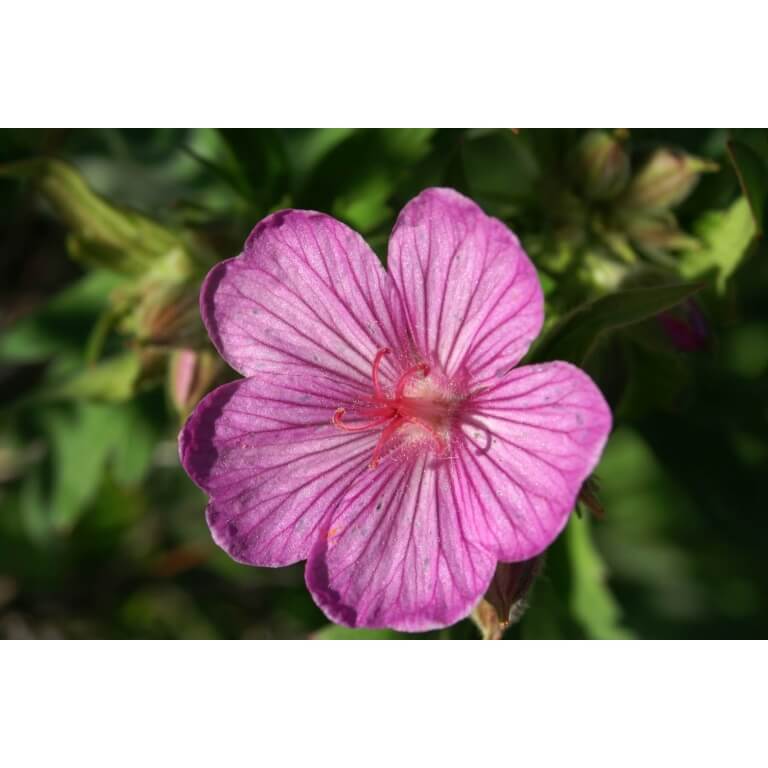Filter by region
Seed Type
Native
- Native 138
Shade/Sun
Uses
Top rated products
-
Rice Hulls
Rated 5.00 out of 5$83.06 -
Tortoise Forage Mix
Rated 5.00 out of 5$30.00 – $186.00 -
White Clover Seeds
Rated 5.00 out of 5$8.14 – $300.00
Welcome to the California Collection, a botanical treasure trove showcasing the rich tapestry of native plant life of the Golden State. From the towering redwoods of the coastal forests to the vibrant wildflower meadows of the Mojave, California's floral diversity is unparalleled.
Nature’s Seed is proud to offer this curated selection of native seed in partnership with our California seed producers, farmers, and wildland collectors. Beyond their native statuses, we also offer specific ecotypes for many of these species that ensures the most locally adapted grasses, wildflowers, and forbs available for California landowners.
Showing 127–140 of 140 results
California native seeds
California native plants have evolved to be well-adapted to the local climate, soil types, and ecosystems of California. Native plants, especially wildflowers, support many pollinators including bees, butterflies, and birds. California native grasses and perennial wildflowers have deep root systems that provide excellent erosion control and require less water than non-native plants.
Native sub-regions
Native to your region and climate
More than just native to the North America, or your climate
While many types of plants can grow in California, plants that are native to California have evolved over thousands of years to be the most well-adapted to the local climate, soil types, and ecosystems. California native grasses have deep root systems that provide excellent erosion control and require less water than non-native plants. California wildflowers and grasses require very little irrigation for germination. Learn more about why California native plants are important here.
Advantages of California native seeds
Choosing California native seeds will help you achieve your restoration and conservation goals, from it is improving soil health and supporting pollinators, to using less water in the garden. To learn more about the plants that are right for you, visit the California Native Plant Society’s Bloom! California project. Do you live in Southern California or Northern California? Depending on what part of the state you are in, you can choose from a large selection of native plants that are well-adapted to your sub-region. Click on a sub-region to see which native seeds are right for you.
Seeds sourced from nature in your area
What makes a California native wildflower ‘wild’? Our native seeds are originally collected from natural areas in California in partnership with landowners and public agencies. These wild-collected seeds are then grown at our farms in California. We harvest those seeds and make them available for restoration, conservation, and gardening projects. When you are planting your native meadow or planning your mountain gardening project, choosing wild-sourced native seed is a great way to ensure project success and to create the best wildlife habitat.
Seeds sourced from farms in your area
Our California native seed comes from two native seed farms, Hedgerow Farms in Northern California, and S&S Seeds in Southern California. These two farms make up 750 acres dedicated to growing native grasses and wildflowers for seed! To learn more about our farms and to see photos of our production fields and demonstration gardens visit our websites here: Hedgerow Farms and S&S Seeds.
Native seeds and local organisms
Conservation comes in all sizes--you don’t have to have a large backyard to support a wide range of native flora and native fauna! In fact, urban gardens have been shown to be very important for the conservation of pollinators, including the monarch butterfly. Planting pollinator wildflowers that are native to your local region will help increase the biodiversity of bees, butterflies, and birds in your area.
Choose
Choosing California non-native seeds:
For a variety of reasons, gardeners may choose to mix in plants that are not native to California into their projects. There are many non-native species that still grow well in Northern California and Southern California climates. When choosing a wildflower seed mix that is non-native, it is important to pick species that are not invasive.
Will non-native seeds still grow?
Non-native seeds will still grow in California. Be sure to learn about the different set of planting requirements between native and non-native seeds before planting. For example, non-native seeds often need more frequent watering than native seeds.
How do I know which seeds will work in my region?
From the coast to the deserts, California is full of many small regions with differences in soil type and ‘microclimates’. The best way to learn which seeds will work well in your region is to find a local public garden or nursery and talk to the experts. You can visit Bloom! California to learn more about the public gardens and nurseries in your area.
Choose the seeds that are right for your next project
Do you have a larger project that requires more than a few pounds of seed? Visit Hedgerow Farms and S&S Seeds to learn about options for purchasing wholesale seed.
Answers
California Collection
- Conservation efforts
- Enhancing biodiversity
- Adapting to environmental changes
- Disaster preparedness
- Erosion control
- Conserving on resources
- Preserving biodiversity
- Reducing invasive species
- Adapting to climate change
- Controlling erosion
- Enhancing cultural value
